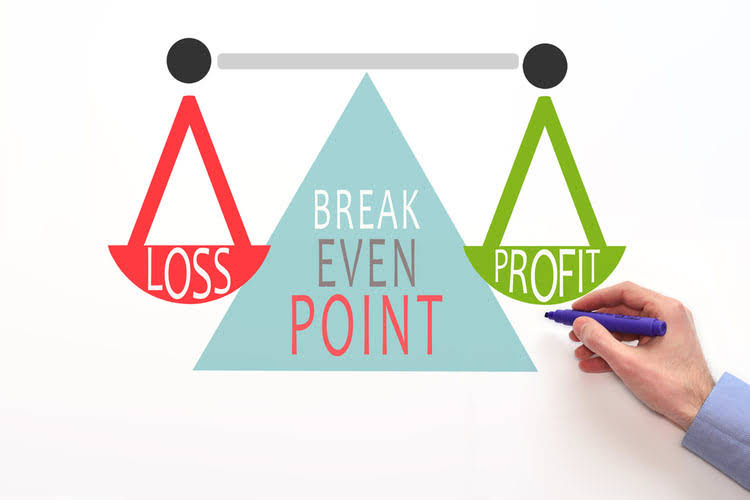
One of them is the income statement, and you’ll need to process expenses to put this statement together. The statement of retained earnings is https://www.bookstime.com/ a financial document that summarizes how the company’s retained earnings—aka the revenue they’ve kept after paying for expenses—changed during a given period. Company management will have to weigh up the potential benefits of earnings retention versus dividend distribution.

Common Mistakes to Avoid When Reporting Retained Earnings
Companies who don’t typically pay dividends, such as tech companies or those in high growth sectors would tend to have higher retention ratios. Mature companies who have reached steady-state operations would tend to return more cash to shareholders as expansion has been completed and would therefore have a lower retention ratio. Investors who have invested in a Company gain either from dividend payments or the share price increase.

Step 1: Determine the financial period over which to calculate the change
After all, it strikes a balance between rewarding shareholders and funding future business prospects. By now, you might appreciate the seamless interaction between the income statement and statement of retained earnings—an ensemble cast where each has a vital role in telling the financial story. Factor in net income like a maestro weaving a melody through the chords of retained earnings, carefully balancing the scales of income and expenses. It’s crucial to remember that sales revenue, cost of goods sold, depreciation, and operating expenses—among other line items on your income statement—play a big part in shaping this number.

Analyzing an Example Calculation of Retained Earnings
If you are your own bookkeeper or accountant, always double-check these figures with a financial advisor. Unify your finance stack, control spend, and save time and money with Rho and Navan. Explore Rho today and see how we can make financial management effortless for your business. We believe everyone should be able to make financial decisions with confidence. While the importance of retained earnings may be clear, there are two different types of retained earnings that must be distinguished. This article will detail what retained earnings are and show an example of how it looks in practice.
- Remember, you might have a mountain of retained earnings and still run into daily cash flow issues if that money is tied up elsewhere.
- Your statement of retained earnings offers a clear view of how your business handles its profits, specifically detailing the profits retained after paying dividends to shareholders.
- By effectively communicating the strategy behind retained earnings, the company fosters transparency and trust.
- If the company did not pay out any dividends, the value should be indicated as $0.
- When a company generates a profit, a portion of that profit is typically retained in the business rather than distributed to shareholders.
- By following the steps outlined in this tutorial, you can accurately calculate and report retained earnings, ensuring transparency and reliability in your financial statements.
Investors
Retained earnings hold enormous significance for business owners and potential investors as they are a barometer of a company’s financial health and historical profitability. When a company consistently boasts positive retained earnings, it’s generally seen as a signal of a profitable company that can self-fund its growth, appealing to investors seeking stable investments. Sum up the figures added to the statement of retained earnings to calculate the closing balance. This will be the amount of retained earnings reported on the current period’s balance sheet in the shareholders’ equity section.

The statement of retained earnings, though often overshadowed by its counterparts, is a testament to the engineering principles underlying financial reporting. It ensures that the ebbs and flows of corporate profits are meticulously tracked, providing a clear view of how earnings are reinvested or returned to shareholders. The cash flow statement tracks cash movement in and out of your business, including operating, investing, and financing activities. Unlike the cash flow statement, which focuses on liquidity, the retained earnings statement is accrual-based, showing profits and losses whether or not they resulted in cash flow. Many individuals tend to focus solely on the statement of retained earnings when analyzing a company’s financial performance.
- In this guide, I’ll help you understand and interpret the statement of retained earnings, and give you my tips for extracting valuable insights from this short—but important—financial statement.
- It’s not merely a record of past decisions but a blueprint for future financial architecture and the strength of company management.
- It’s part of shareholder’s equity and tracks how much profit the company has kept (rather than paid out as dividends).
- Lenders and creditors are continually looking for evidence that a business will be able to settle debts and make credit repayments.
- Some companies don’t have dividend payouts—in that case, there’s nothing to subtract.
- On the other hand, if retained earnings would fluctuate or decline, it could signal financial instability or poor performance.
- The closing balance for that accounting cycle forms the opening balance for the next accounting period of the company.
Is retained earnings a debit or credit?
If you do pay out, it reflects in your retained earnings as a reduction, affecting your equity’s bottom line. Once you’ve settled on the starting line with the beginning balance, you’re ready to turn up the heat with the core element of retained earnings – your net income (or sometimes, alas, the prepare a retained earnings statement net loss). This is not an offer to, or implied offer, or a solicitation to, buy or sell any securities. The latest statement of financial condition for Brex Treasury LLC is available here.
For example, a beverage processing company may introduce a new flavor or launch a completely different product that boosts its competitive position in the marketplace. If the retained earnings at the start of the year are $50,000, this amount will be used retained earnings as the starting point for the current year or period’s calculations. Retained earnings are primarily used for reinvestment into the company, funding new projects, R&D, expansion, reducing debts, or as a reserve for future opportunities or unexpected expenses.
